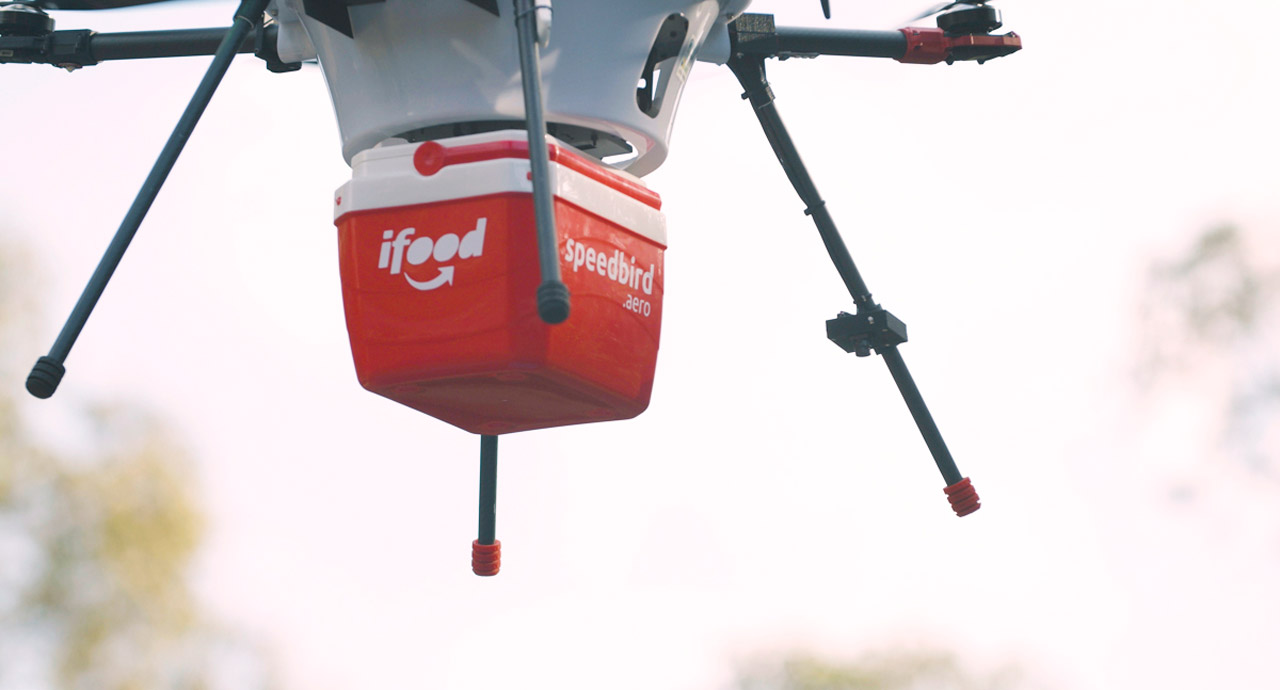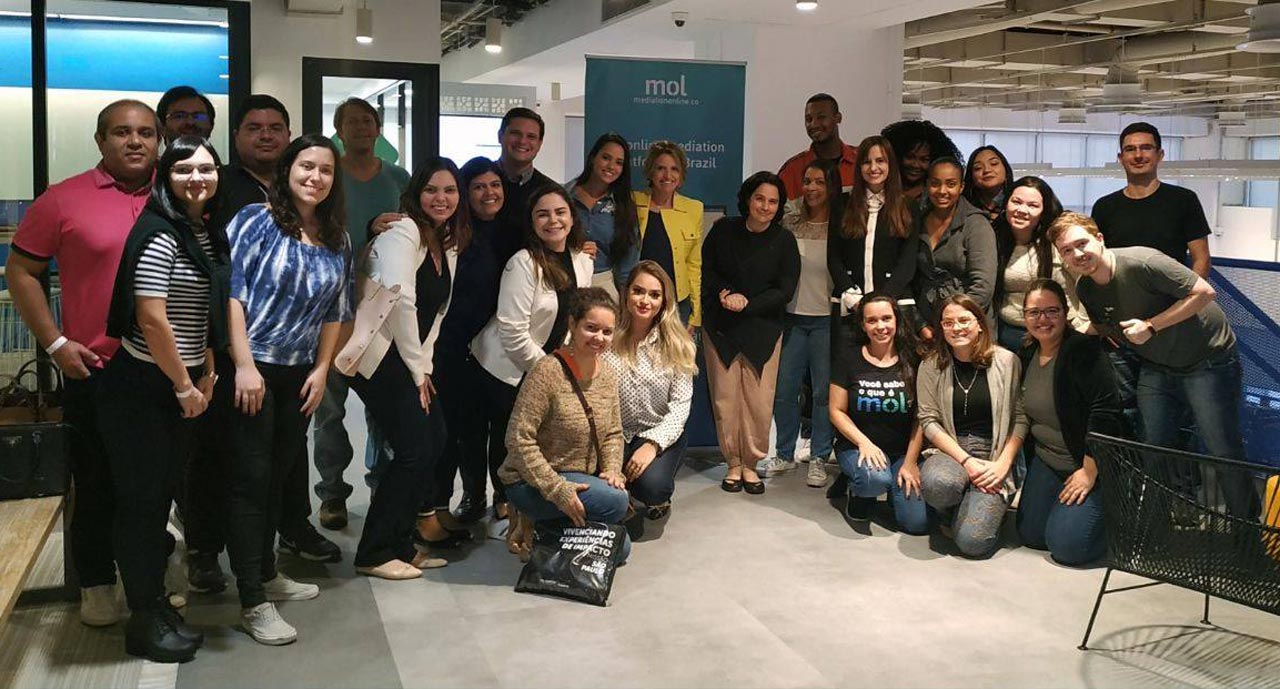Welcome to our new The Exclusive deep dive content about our Latin American ecosystem. We’re giving our registered newsletter users a sneak-peek of these soon-to-be paid for articles.
Contxto – Here at Contxto we often focus on the supply side: What are startups, investors, and Founders doing to keep operations afloat? It is time now, however, to have a hard look at demand in the ecosystem and at how it has shifted over the past few months in the face of Covid.
Although you won’t be shocked to find that Latin America’s hard-won middle class is both the beating market of our tech/startup ecosystem and very at risk from a pandemic induced economic depression; you may be surprised by the complex dynamics behind the change that this class is facing.
Covid won’t kill the Latin American middle class but it will change it in unexpected ways. To the dire detriment of some startups and the thumping triumph of others.
Being middle class in Latin America
It is actually a more slippery term than you’d think. To sidestep any deeper philosophical debates on the issue, let’s take the concept of the “middle class” chiefly in terms of income for simplicity’s sake. The OECD thinks this on the matter:
The consolidated middle classes are those who live on incomes between US$13 and US$70 a day. The vulnerable middle classes are those whose income goes all the way down to US$5.5 daily.
But even that’s tricky. This assumes income but doesn’t take into account other key assets, which in a dynamic situation like the one we are in, matters a lot. As we will see below, the sunk costs in education, hardware, and networks will play an important role in the behavior of these evolving social classes.
However, don’t read the term to mean more than it does. “Middle class” is not a synonym of “the bourgeoisie” nor to be interpreted as a cultural marker nor a homogenous block—at least for the purposes of this analysis.
Critical mass middle class
What no one doubts is that Latin America’s middle class is its entrepreneurial lifeblood.
Over the past two decades, Latin America’s internal market—led by Brazil—has expanded and driven consumption. In the first ten years of the new millennium, the middle class in Latin America grew 50 percent.
This has been the foundation upon which many of the startups and scaleups that we’ve come to know and love have thrived.
However, this economic sector has been feeling the pain with sluggish growth across the region for a while.
Couple that with the economic effects of the Covid-19 pandemic and its subsequent lockdowns, and the result has been depressed demand. Both for reasons local—as people are shut in, furloughed, or laid off—as well as global—as exports surreptitiously fell off with the closing of borders.
The Economic Commission for Latin America and the Caribbean (ECLAC) foresees “the worst recession in the history of Latin America”. Its effects will be felt far, wide, and over a long period of time.
The ECLAC estimates that the poverty rate in the region will go from 30.3 percent to 34.7 percent. That’s 28.7 million more people ripped from the middle class and thrown into poverty.
But, these numbers barely scratch the surface. There will be knock-on effects from this socio-economic collapse that will make or break our Latin American ecosystem. And their results will be far more complex than a simple market reduction.
However, interestingly enough, these effects so far have been felt in a similar manner across the region and despite a variety of different approaches to the virus. Why is that?
Different lockdowns, same results
There is little doubt that this virus, beyond its own pain and suffering, has managed to unleash a series of preexisting problems across the globe.
Latin America is no exception.
Even when diverging strategies to confront the pandemic were deployed across different countries, the results have been very similar across the board. The reason for this is fundamentally socioeconomic, and it provides a glimpse into what future awaits the startup ecosystem in the short-term.
Hard lockdowns gone soft
Peru and Colombia instituted some of the toughest lockdowns in the world. And yet the results were disappointing.
Talking to a Founder in Colombia, she told me about how the country had gone from “no one can leave home”, to confusing exceptions and rules, to “screw it, everyone can just go out”. Peru saw a similar slide into frustration.
But it was not all bad government’s fault. Much of this was a story of a tragedy foretold. The country allocated up to 12 percent of its gross domestic product (GDP) to help people who lost their jobs.
The problem was, many of the jobs were informal and unregistered. Furthermore, the population is largely unbanked and cash dependent, making the distribution a choice between hotbeds of contagion to get cash or getting no cash at all. “It would be so easy if everyone had a bank account“.
Ostrich in a hurricane
“So what? What do you want me to do?”, answered Brazil’s president when asked about how he planned to contain the damage wrought by Covid-19.
In a strange but sad way, Mexico and Brazil’s approach of doing effectively nothing may have been a simple recognition of the situation these two massive countries would inevitably find themselves in.
Mexico’s government held a “period of safe distance” (jornada de sana distancia) which, at the federal level, was not widely enforced. The Mexican president made it clear from the outset that the government would be prioritizing people’s livelihoods over contingency measures (perhaps not making enough reference to how the two were linked).
This focus on not stopping the economy was just as well, given the little relief most people received from the Mexican State. The most generous provision being a one-off MX$25,000 loan paid to small businesses at a rate of 6.5 percent annual interest. But, when asked if she’d opted to take it, a flower saleswoman told me:
“I’m going to have to pay it back, and I’m not making any money. It feels more like a trap than help.”
Brazil took an even more literal approach to the meaning of laissez-faire Covid measures.
Lax social distancing measures were coupled with the March announcement of a economic stimulus package of US$150 billion (R$ 750 billion). This is around 8 percent of GDP, but it was aimed chiefly at tax cuts; not direct aid.
Both are now in economic freefall, as well in the top three countries ranked by Covid deaths in the world. That some money was saved in contingency expenditures is cold comfort to much of the struggling working and middle classes.
Small is beautiful?
Paraguay and Uruguay stand out as positive lights in a gloomy Covid landscape. Both have, so far, avoided the worst of the disease. Social distancing measures were instituted and “the science listened to.”
Many have attributed the success to the countries’ small populations. However, it is far more likely that their comparatively low levels of extreme poverty, informality, and government mistrust have played a bigger role. Why?
Government’s limited runway
Ideas floated, like a universal basic income (UBI) could easily help bolster and even create a middle class overnight. Yet, though appealing, they quickly run up against the realities of Latin America:
Corruption, clientelism, and poor tax collection are just a few of the big barriers that must be overcome, not only to introduce more progressive schemes like UBI, but also to make up for what we already expect the State to do.
Latam’s middle class is perched in a unique Catch-22:
Firstly, it is faced with a government with lower spending capacity than it should. The region has some of the world’s lowest tax collection rates and high rates of corruption, meaning low citizen expectations with little scope for action.
This helps explain the region’s extremely low trust in government indexes, not been helped by many government’s pandemic measures.
The dual threat of low spending capacity, together with an unwillingness to trust the government with more spending power, has translated into widespread failure.
Even when governments have tried to intervene heavily, since they are seen as unreliable, people will much rather risk a virus they cannot see when confronted with the very tangible threat of poverty.
Thus, the resolution of the Covid-economic crisis has functionally passed onto the private sphere—both at the individual level as well as the private sector.
Covid cascade for the middle class in Latin America
These Latin America-specific social behaviors, together with the unprecedented nature of the incoming economic crisis (remember, perhaps the worst short term loss in GDP in recorded history) will result in strange evolutions at the social class level.
Unfortunately, as consumers, the already desperately poor—those below US$5.5 per diem—will not reflect much in the startup ecosystem’s radar.
Nevertheless, the very rich—even if they lose millions—will be practically indistinguishable as individual consumers in the market. (As investors that may be a different matter).
Therefore, because they make up the bulk of consumer spending, the squeezed middle will be the class to determine the fate of the ecosystem. Yet because of the very heterogeneity of this “middle class” the results are likely cascade in surprising ways.
Overarching trends
First, let’s have a look at what most of the middle class is doing:
They are saving. This means different things for different segments of this class, however, the trend is clear:
As a matter of course, you’d expect the lower-middle class to experience the pandemic differently from the upper-middle class. Yet, in a twist of complexity, a member of the upper-middle class fallen to the lower-middle class will behave differently from those who have spent their lives there.
Let’s have a look at some snippets of what this phenomenon on a dynamic class-scale could look like for the ecosystem:
Lower-middle class becomes poor
This means entering survival mode. With high unemployment/informality, every penny is saved. Thus, many “nice-to-have” services will go out the window. Goodbye to convenient but dear last-mile delivery apps—these companies will need to really worry about customer retention as lockdowns ease and economic conditions harshen.
Even things you might relate to sudden falls into poverty might suffer. Take the phone mortgage solutions that have recently cropped up. Their customer base faces a similar dilemma to the Mexican flower vendor cited above:
If people have lost their livelihood, a loan is just a future loss of what they gave up as collateral. Is their phone, nowadays an essential work tool, worth the few extra dosh? Not a rhetorical question.
However, some services may have become simply too-nice-to-not-have.
Think of crime, which is expected to go up with the economic crisis. The uptick might convince these members of the ex-middle class to invest a bit more in services like the ones offered by Jetty—a Mexican startup that provides collective ride-hailing services—, if and when they can get one of those increasingly scarce jobs.
Upper-middle class becomes lower-middle class
The Latin American upper-middle class has had unprecedented access to technology and consumer goods in the past couple of decades.
This has created a set of expectations and sunk costs that mean that they will not be abandoning the service/tech consumption economy. More likely, the services they consume—to save time and/or money—will change.
This will benefit fintechs like UnoDosTres—a company that allows you to pay basic services and bills online—and Nubank—which recently gave its customers the option to pay their credit cards in advance to receive discounts.
This is perhaps the most dynamic segment of the evolving middle class: Constantly having to balance expectations, time-saving, and money-saving solutions.
Lower-upper class becomes upper-middle class
As seen above, savings multiplied as the pandemic hit. Obviously these are the middle and upper classes who do not have to worry about living hand to mouth. However, the trend hides a deeper role in which expectations again play an important role.
The threat of economic collapse often comes with the looming specter of devaluation. Whether it be in the form of capital flight or money printing, Latin America’s not too distant history has many cases of such debacles. Thus, this newly minted upper-middle class will look to safeguard their remaining assets.
Venezuela, sadly, provides a good case study. The rise of expat Venezuelan crypto and money transfer solutions to cater to their ravaged home’s economy shows that, when government-backed currency is undermined, the tough get Bitcoin mining—or buying.
But, how do you make conservative investments when cash flow has been limited?
The upper-middle class may have not been forced back into their parent’s homes, but many will no doubt see the opportunity of sinking their rent money into real estate as a good medium- to long-term investment. This is where proptechs like Casa Bravo and Flat.mx provide interesting rent-to-buy or iBuying solutions to this newly thrifty social class.
Covid got not class
At the beginning of the pandemic many would whimsically claim that Covid-19 didn’t see class or race; that we were all in the same boat. It has increasingly become clear that a more appropriate metaphor is that we are all in the same storm, but some are in a dinghy and others are in yachts.
Yet, the fate of Latin America’s middle class is perhaps an interesting conjunction of these two visions. Indeed, many will suffer to varying degrees depending on the privilege they happen to possess. But the downfall or survival of the squeezed middle will define the future of local startups, innovation, and venture capital.
Solutions that have over the past years depended on regional scaling to take over the world. This is impossible without a robust and confident middle-class.
If governments in Latin America are not up to the job, perhaps it is time for the regional ecosystem to step up to the plate. Not only out of a sense of solidarity, but out of pure self-interest.
-AG






